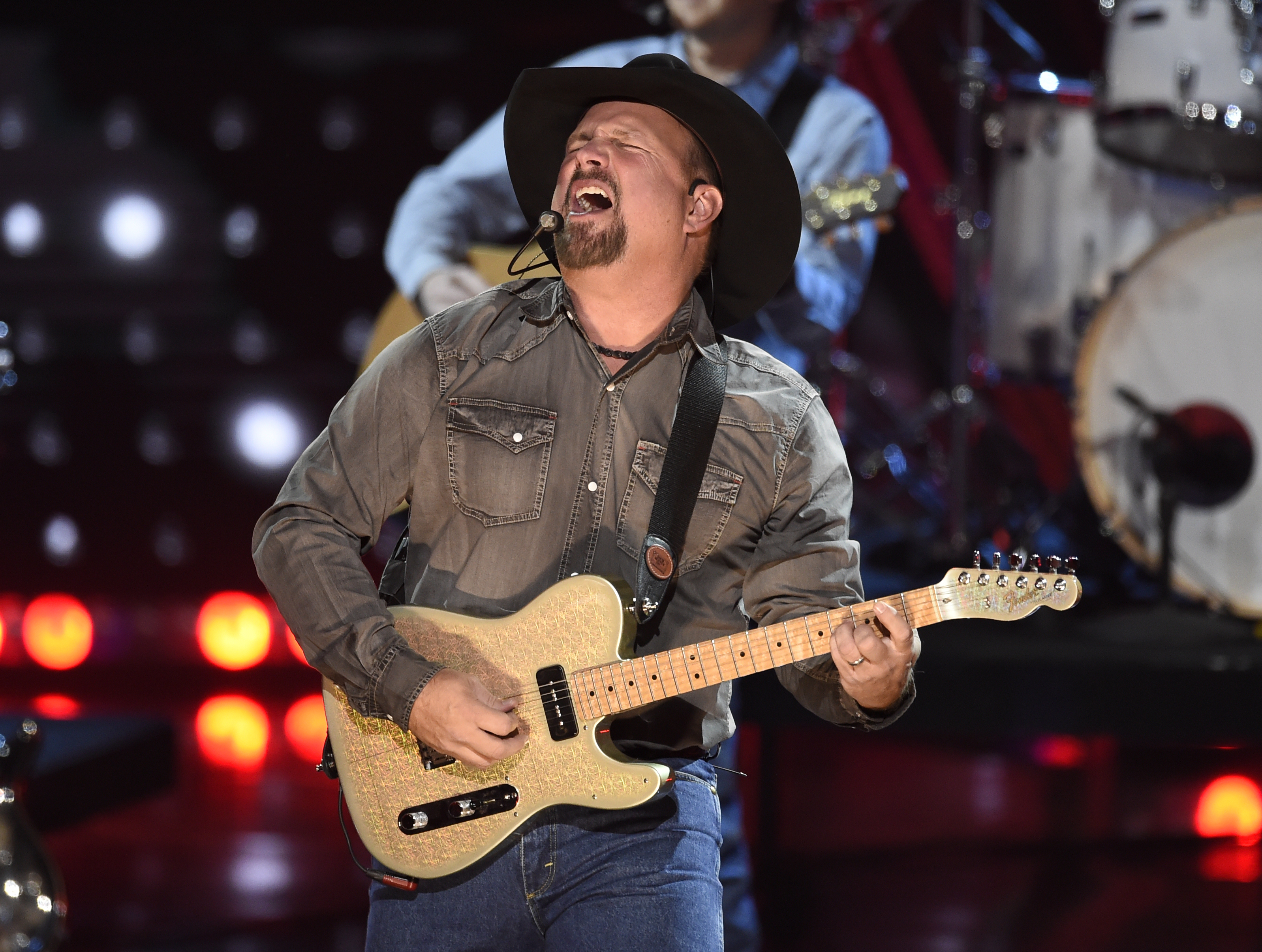More than 4,000 visitors are expected from 10 a.m. to 4 p.m. Saturday, April 9 at the National Ranching Heritage Center (NRHC) for the 46th Annual Ranch Day, a free hands-on experience focusing on both pioneer life and contemporary ranching.
“Our historical park speaks volumes about the frontier settlers who lived in those structures and created legends and history in the process,” said NRHC Executive Director Carl Andersen. “We have nearly 150 volunteers who will help make that history come alive on Ranch Day. Anyone who visits us will see chuck wagons, cowboys, horses and even an authentic Comanche tepee.”
Andersen said the 49 historic structures at the NRHC have been chronologically arranged to exhibit the evolution of ranch life from the late 1700s through the mid-1900s. These structures have been relocated, restored and furnished to represent the time period in which they were built. Ranch Hosts dressed in period clothing will greet visitors and provide historical information about many of the structures.
Guests can buy hamburgers and have lunch on the grounds as they participate in a magic show and such memorable pioneer activities as leatherworking, washing clothes on a washboard, churning butter, rope-making, and paint cattle branding. Members of the Texas Tech Equestrian Center will provide horseback rides and horse demonstrations.
Ranch Day also will emphasize contemporary ranching issues through hands-on ranch science demonstrations presented by the High Plains Underground Water Conservation District, Texas Tech Pre-Veterinarian Society, Natural Resource Conservation Service, Wind Energy Student Association, Texas Parks and Wildlife Department and the Quail Tech Alliance.
The NRHC is a unique 27-acre museum and historical park that offers educational programs and exhibits to promote interest in ranching history and contemporary ranching. Supported by Texas Tech University and the Ranching Heritage Association, the center is located at 3121 Fourth St. adjacent to the Texas Tech campus.
(Press Release from National Ranching Heritage Center)










